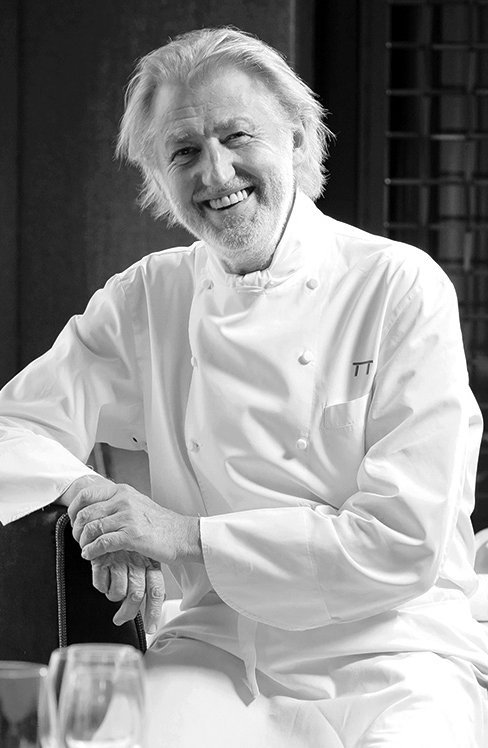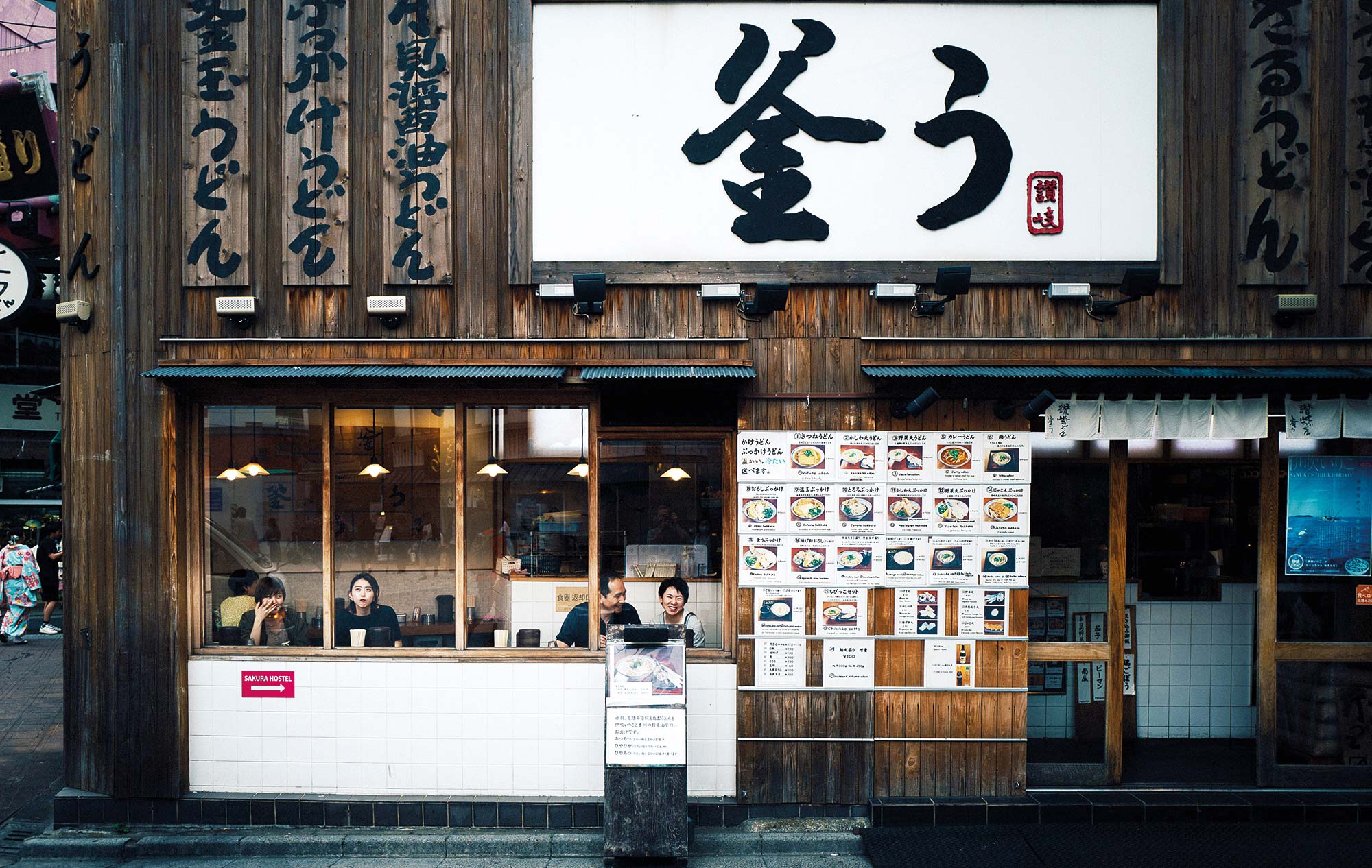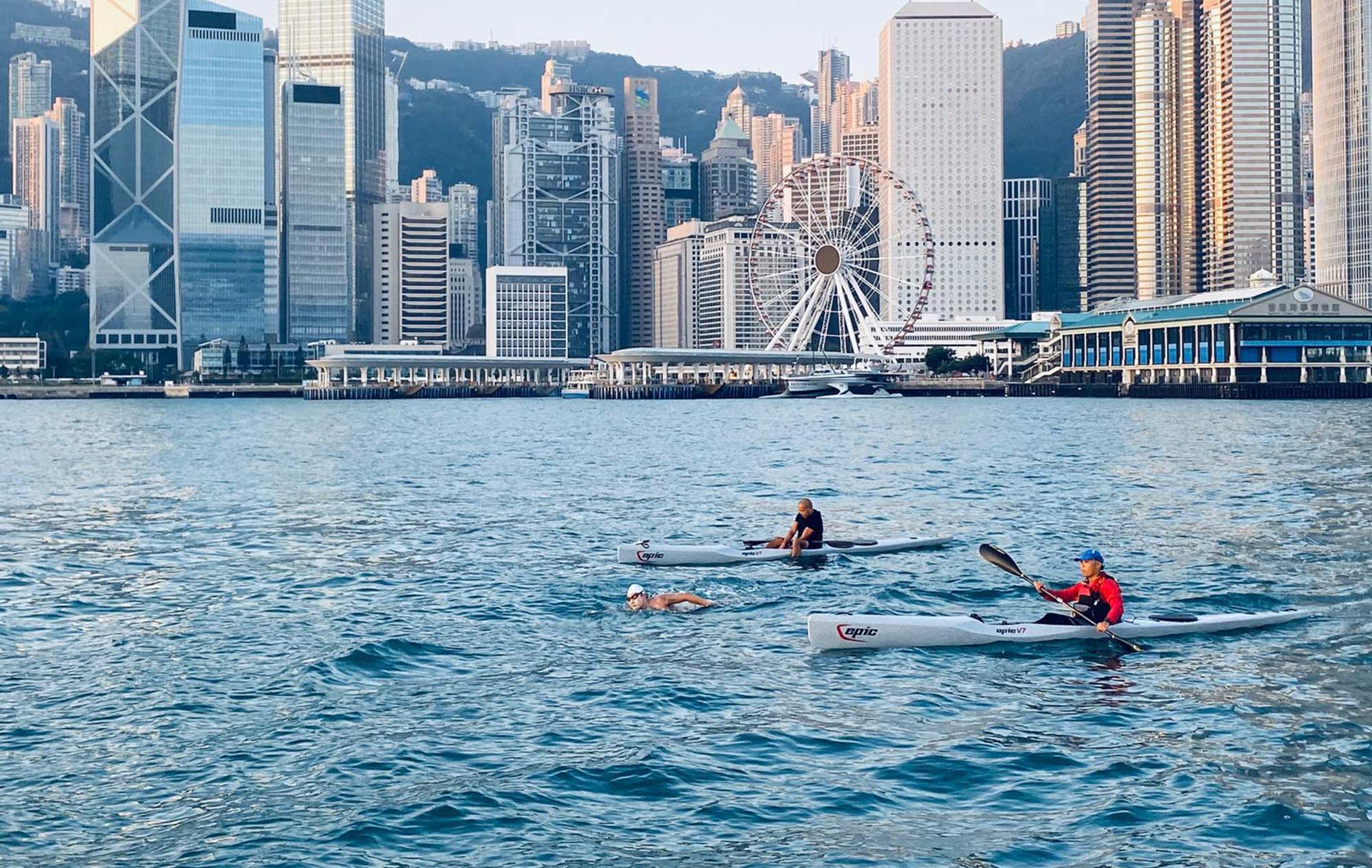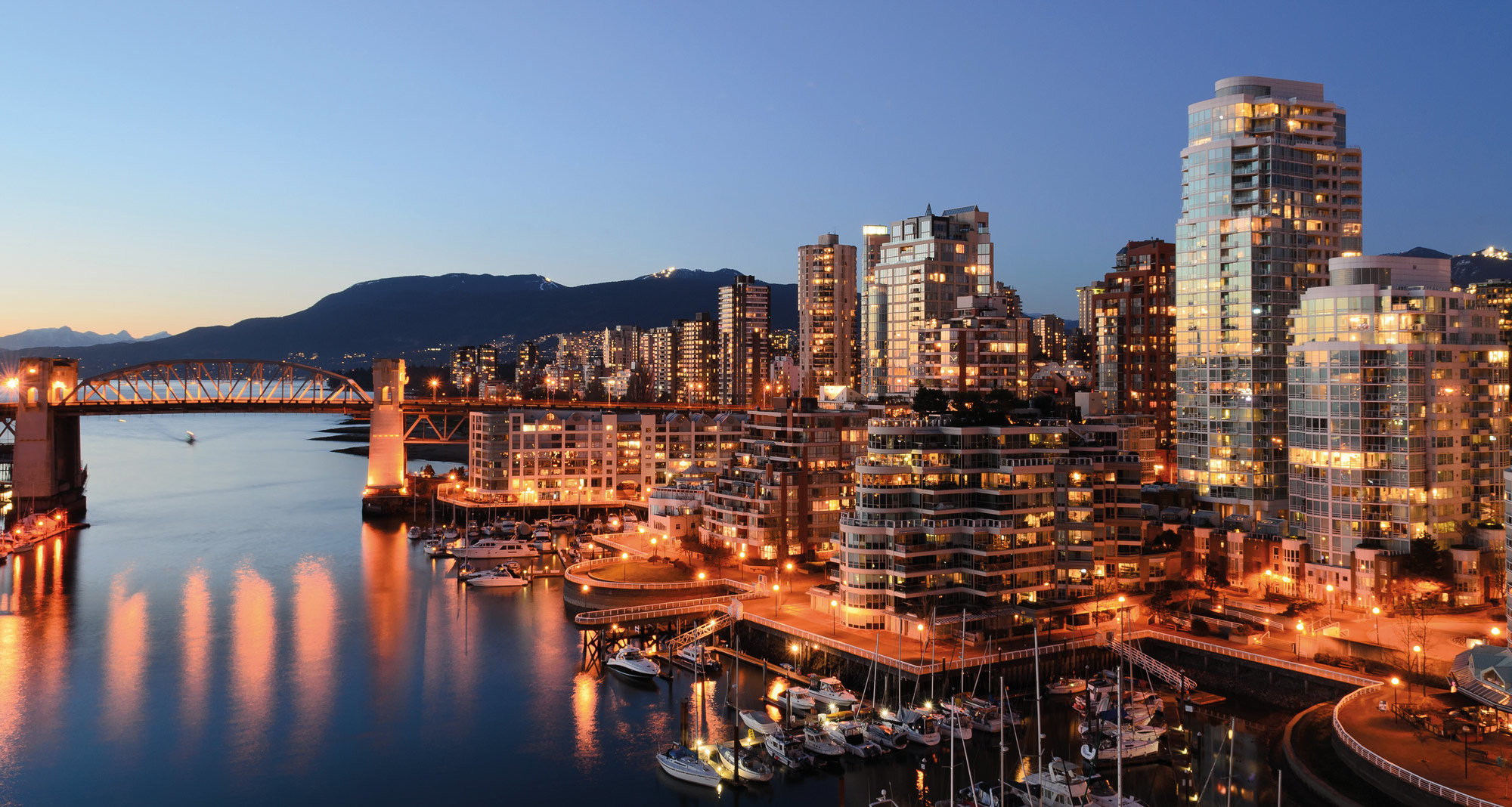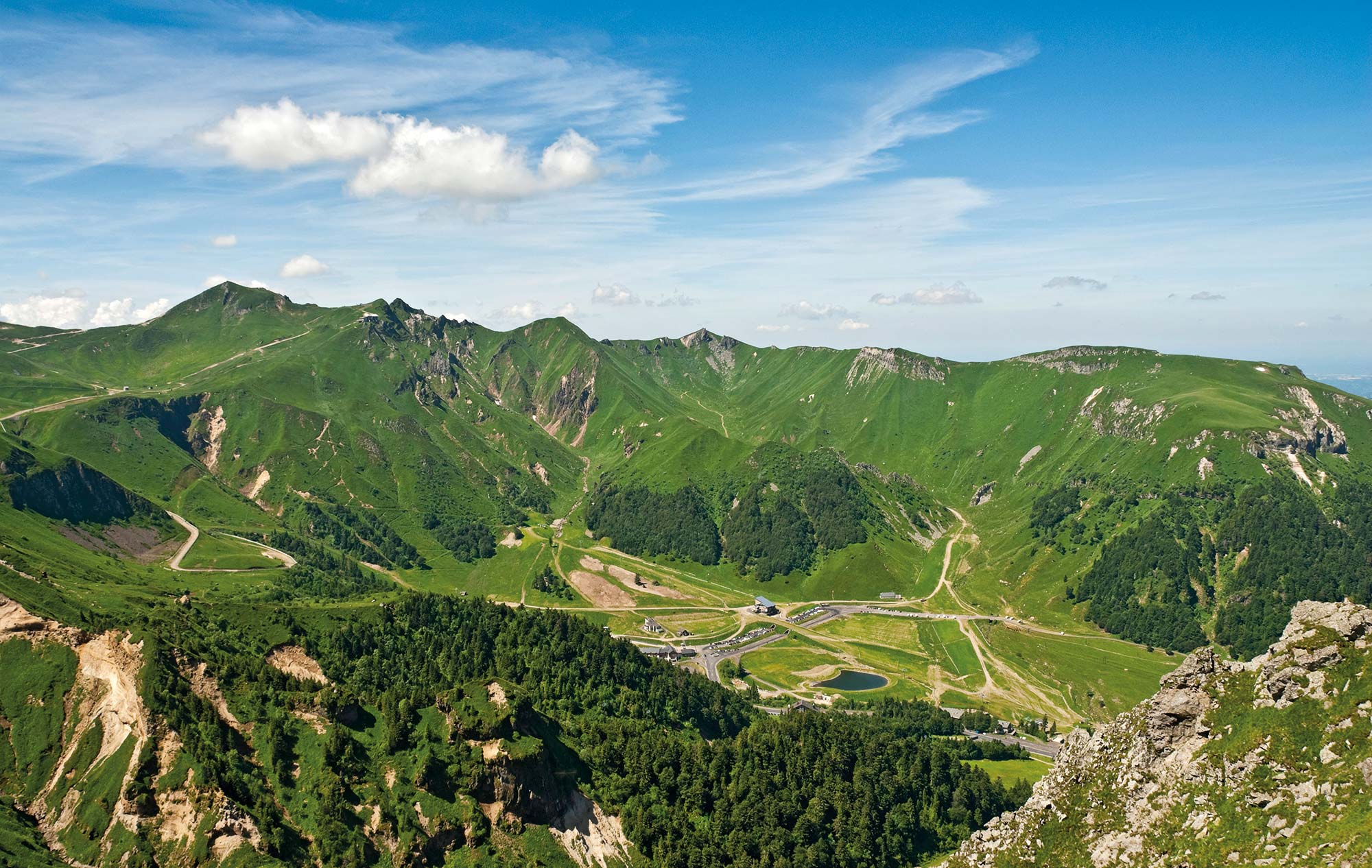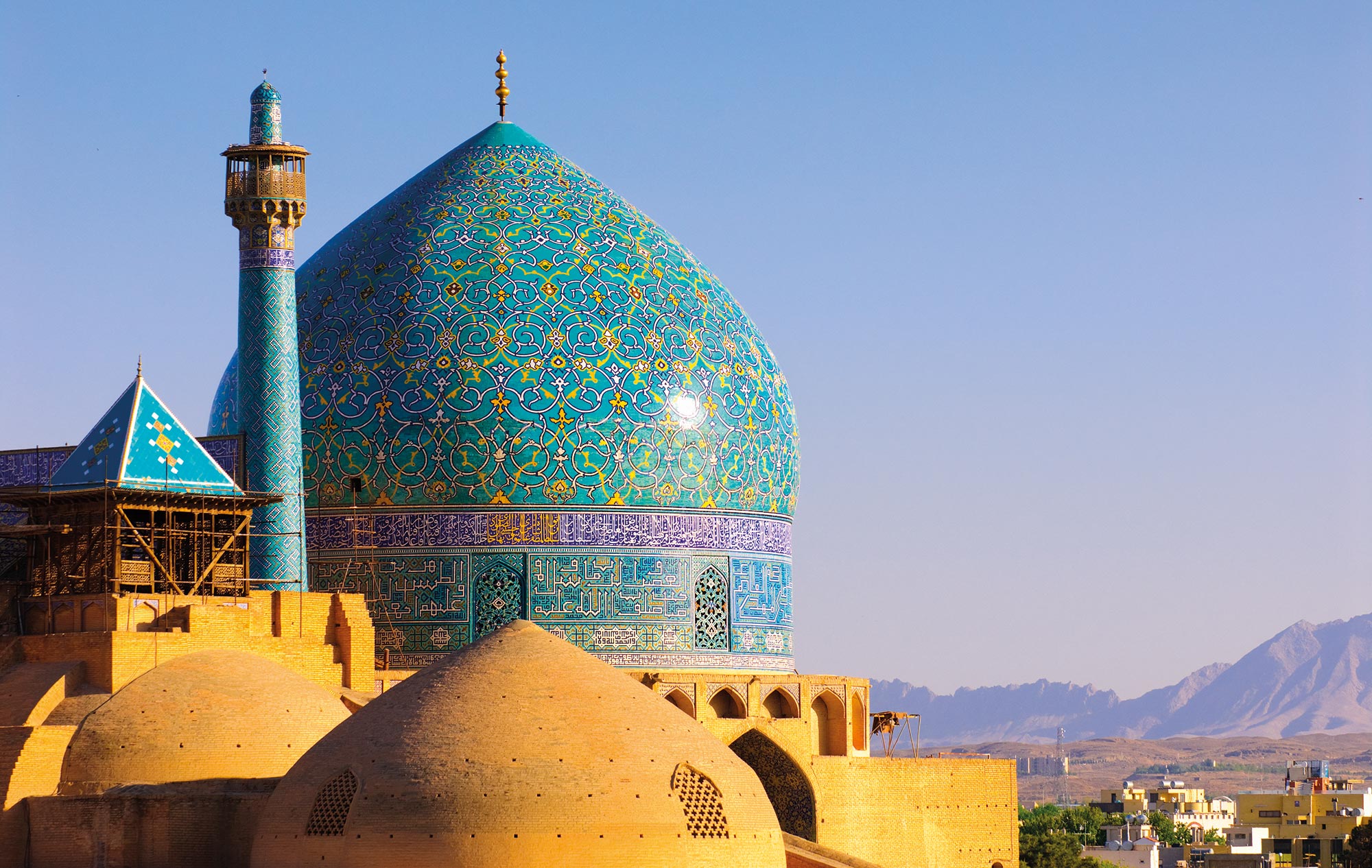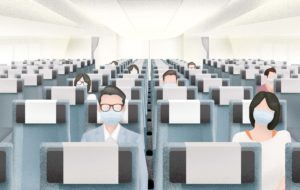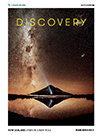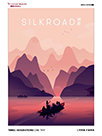My first introduction to Japan came in the form of a book: Food Fantasy of the Hôtel de Mikuni, published in the ’80s by Kiyomi Mikuni, a famous chef from Japan who worked all over Europe. I loved this book. To me this book of Western food represented the perfect link between the Occident and Japan: the food photography, the presentation.
I’ve always understood that with food you can create links with people, you can create emotion. When I arrived in Japan, I immediately felt that food was something very important. There was a philosophical approach to the food, like poetry. It’s not just about eating to fuel your body; it’s about connecting with nature and the universe.
I learnt many things from Japanese cuisine: the way to cook fish, the way to organise a plate – the art of food, and the importance of stock. For a lot of dishes, the most crucial element is the broth, whether it’s with seaweed, chicken or fish. It’s the key to Japanese food.
Tokyo itself was another world – a bit like Hong Kong. Everything was so different. It was refreshing.
It’s the same now – when you walk down a narrow street, you discover small shops and an incredible mix of past and future. That’s the charm of the place; there’s always something to discover. In Tokyo, you could eat out every day for two years and each time you’d find a new restaurant. It’s fantastic.
Pierre Gagnaire is a French chef with 23 restaurants around the world, including the two-Michelin-starred Pierre at the Mandarin Oriental, Hong Kong
